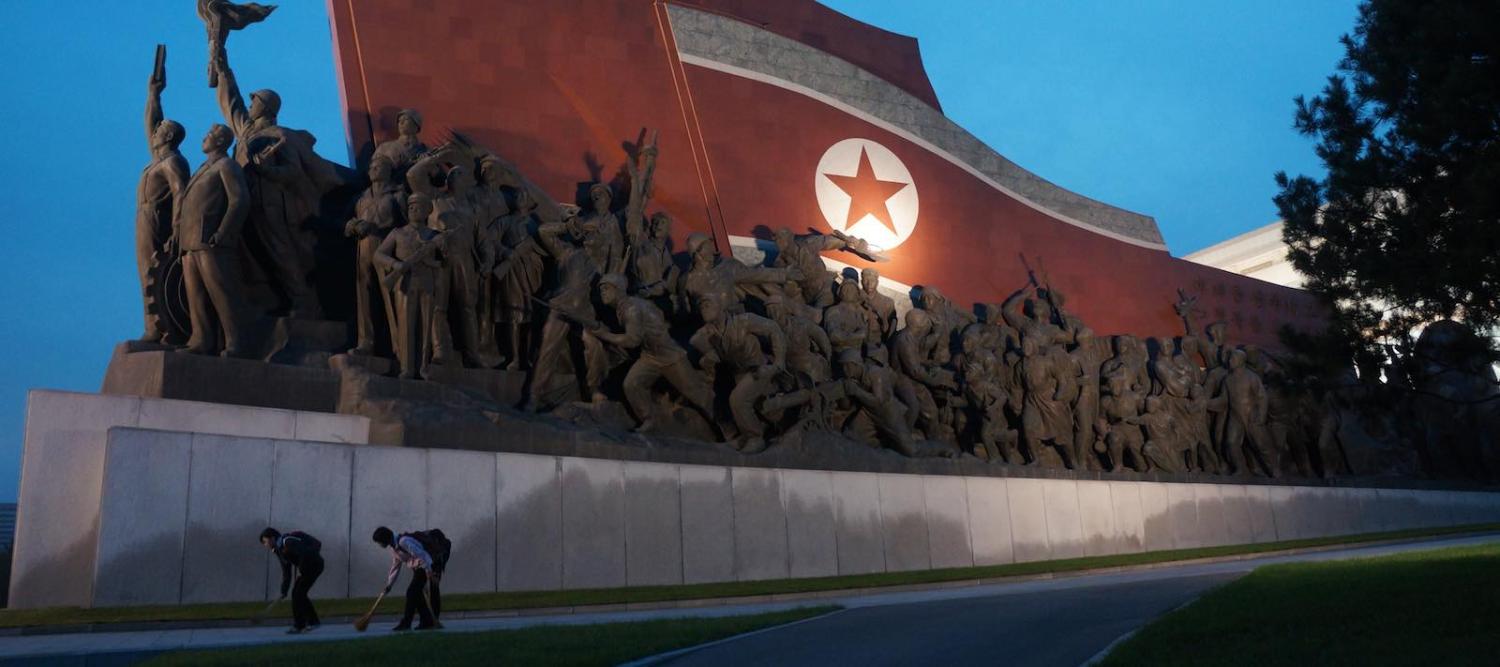Immediately after the Singapore summit on 12 June, US President Donald Trump proclaimed that North Korea no longer posed a nuclear threat, and that the denuclearisation process would follow in accordance with the two leaders’ joint statement. However, three weeks later, Kim Jong-un does not seem to be honouring his end of the deal.
Despite the fact the US and South Korea have called off the Ulchi Freedom Guardian exercises originally slated for August, in the spirit of momentum for peace, new reports suggest North Korea has expanded one of its key missile-manufacturing plants and continued producing fuel for its nuclear weapons at various undisclosed sites.
Producing missile and nuclear fuel has far less profile than nuclear or missile tests.
Seasoned North Korea watchers should not be too surprised by this revelation, since North Korea’s moves reflect Kim Jong-un’s agenda conveyed in his New Year’s Day speech. In that address, Kim emphasised the need to “mass-produce nuclear warheads and ballistic missiles” after an experimental period spent preparing the missiles for future deployments.
Considering the likelihood that North Korean scientists are now confident in their missiles’ designs and reliability, North Korea’s switch from testing to mass production signifies the country’s determination to increase the survivability of its nuclear arsenal through redundancy and concealment. Moreover, producing missile and nuclear fuel has far less profile than nuclear or missile tests, and will help maintain the quality of North Korea’s nuclear forces while keeping Seoul and Washington engaged in the rapprochement process.
In a broader sense, such manoeuvres are perfectly in line with North Korea’s soft-decoupling approach, which seeks to widen the differences between the US and South Korea in terms of respective North Korea policy, and to enervate the alliance in the long run. The Singapore summit has given North Korea the opportunity, without having to make any verifiable and irreversible concessions, to improve its economic relations with the South, and to prevent the US from imposing more sanctions and issuing preventive war threats.
Pyongyang understands that since South Korean President Moon Jae-in has invested too much capital in the peace momentum, he will not let the US interfere with his agenda without clear North Korean provocations. By secretly increasing the number of its nuclear and missile stockpiles, North Korea arguably lives up to its moratorium on nuclear and missile tests, which will allow Pyongyang to improve North–South relations, while developing a mutual deterrence relationship with Washington.
Details of the newly expanded missile-manufacturing plant indicate that North Korea is attempting to fabricate solid-fuel ballistic missiles, which would allow Pyongyang to attack US military bases in its vicinity with little warning (liquid-fuel missiles are more corrosive and require more prelaunch preparation, thus rendering them less survivable). Also, the production of more ballistic missile launchers will likely make it harder for the US and South Korea to track and pre-emptively destroy them.
This sort of development will complicate priorities for the US–South Korea alliance. Technological improvements in re-entry vehicles will further increase the North Korean capability to attack mainland US and raise a decoupling fear in Seoul and Tokyo.
By way of example, if the present rapprochement fails to bring about North Korea’s denuclearisation before the next US presidential election, Trump may switch back to his aggressive rhetoric. If Pyongyang does not fulfil its promise, he could also seek to destroy North Korea’s nuclear arsenal on the ground, as a means of saving face. Such a move is likely to encounter harsh criticisms from South Korea and weaken the two allies’ joint response to renewed North Korean threats.
Given North Korea’s hollow promise to surrender its weapons, Trump’s failure to at least force the country to disclose and freeze its nuclear program at the Singapore summit cost the US a hard-won opportunity. In order to correct this mistake, Trump should get more serious when it comes to post-summit negotiations. Unfortunately, his negligence suggests that North Korea now gets a free hand to develop its nuclear and missile stockpiles without condemnation.
That South Korea will not prioritise denuclearisation over inter-Korean economic projects requires Washington to take the lead. The US should maintain international sanctions until North Korea demonstrates its willingness to halt the production of nuclear and missile fuel and allow foreign inspectors to visit its nuclear sites.
The fact that the language of the Singapore joint statement does not go beyond the 1994 Agreed Framework and the Six-Party Talks statements is a cause of major concern for the statement’s long-term practicability. Should the current fragile détente between the US and North Korea break down, let’s hope Washington will rely on deterrence rather than threats of war to maintain peace in Korea.

